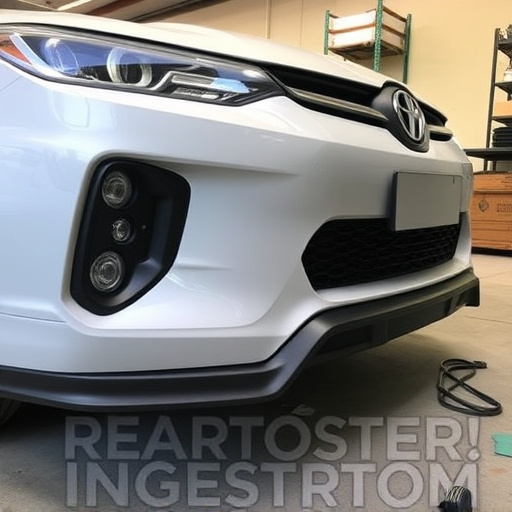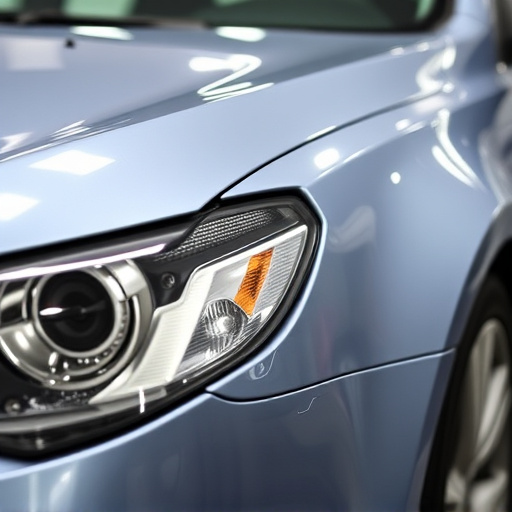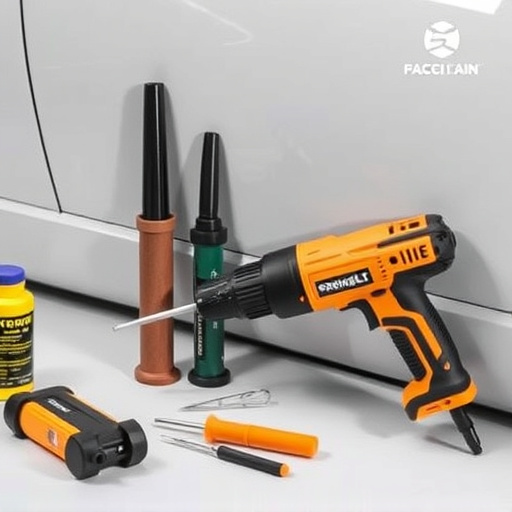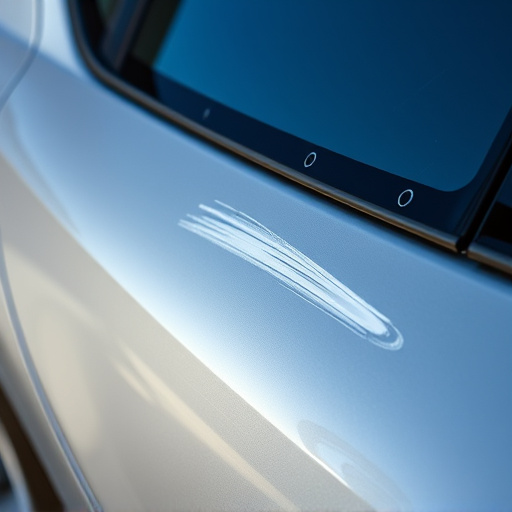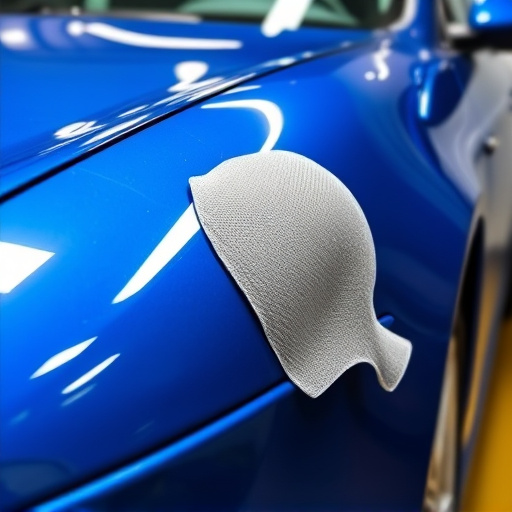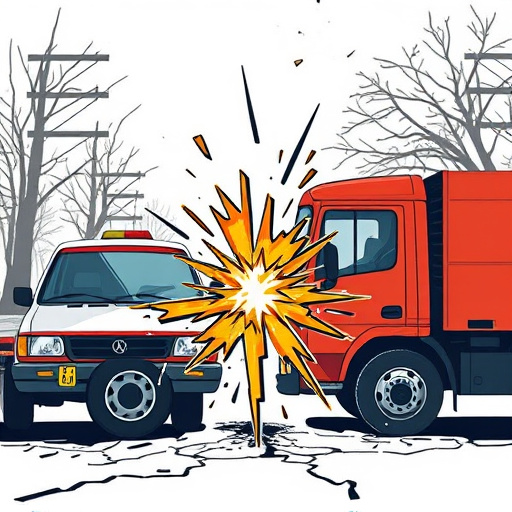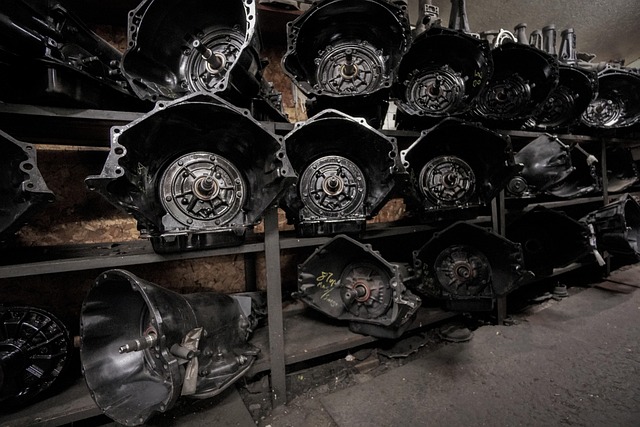Insurance companies play a key role in ensuring accurate Tesla paint thickness measurements for post-accident repairs, impacting claim settlements. Non-Destructive Testing (NDT) methods, like ultrasonic and electromagnetic induction, preserve the vehicle's original finish without damage. Specialized gauge tools and controlled environmental conditions ensure insurable measurements, streamlining repair processes and preserving aesthetic value for electric vehicles like Teslas.
In the world of automotive insurance, accurate Tesla paint thickness measurements are increasingly vital. This is especially true as electric vehicle (EV) technology advances, raising complex questions about repair and coverage. Insurance inspectors now require precise assessments of Tesla paint thickness to ensure fair claims processing. This article delves into the critical aspects of understanding these insurance requirements, exploring non-destructive testing methods, and providing best practices for achieving accurate measurements that meet industry standards.
- Understanding Insurance Requirements for Tesla Paint Thickness
- The Role of Non-Destructive Testing in Measurement
- Best Practices for Accurate and Insurable Paint Thickness Measurements
Understanding Insurance Requirements for Tesla Paint Thickness
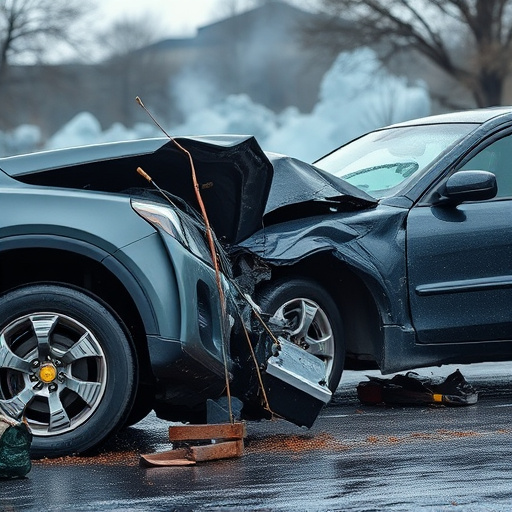
Insurance companies play a vital role in ensuring that Tesla owners receive accurate assessments and repairs when it comes to their vehicle’s paint thickness. The requirement for Tesla paint thickness measurement is not just about aesthetics; it’s a crucial aspect of automotive repair, especially after accidents or significant damage. This measurement helps insurance inspectors determine the extent of damage to a Tesla’s body, which in turn influences the claim settlement process.
Understanding the specific standards set by insurance companies for Tesla paint thickness is essential for both owners and vehicle body shops engaging in frame straightening and automotive repair services. By accurately measuring the paint layer depth, inspectors can verify if the repairs meet the required specifications, ensuring that the restored Tesla not only looks as good as new but also maintains its structural integrity. This meticulous process is a game-changer in the automotive industry, especially for electric vehicle models like Teslas, where specialized care and precision are paramount.
The Role of Non-Destructive Testing in Measurement
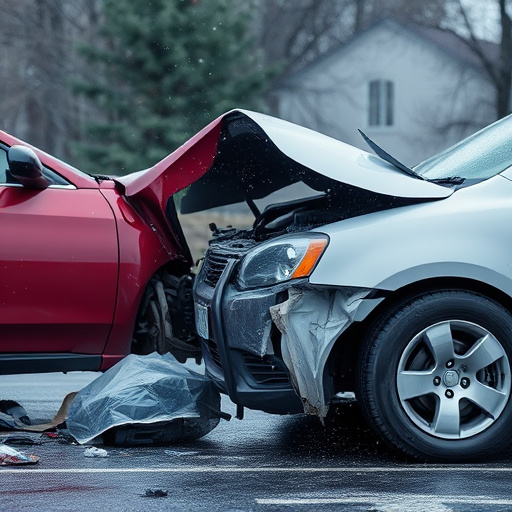
Non-Destructive Testing (NDT) plays a pivotal role in the accurate measurement of Tesla paint thickness, especially during insurance inspections. Unlike traditional methods that may involve damaging the vehicle’s surface, NDT offers a range of advanced techniques to assess paint integrity without causing any harm. These include ultrasonic testing, which uses high-frequency sound waves to detect irregularities or variations in paint depth, and electromagnetic induction, capable of measuring metal thickness with remarkable precision.
Adopting NDT methods for Tesla paint thickness measurement ensures the preservation of the vehicle’s original finish, crucial for aesthetics and potential resale value. Moreover, it facilitates efficient and effective insurance inspections by providing quick, reliable data without the need for invasive procedures. This approach is particularly valuable in the event of claims involving minor damages, such as scratches or dents, where determining paint thickness can impact repair coverage and cost estimates, ultimately enhancing the overall car body restoration process, including timely tire services if needed.
Best Practices for Accurate and Insurable Paint Thickness Measurements
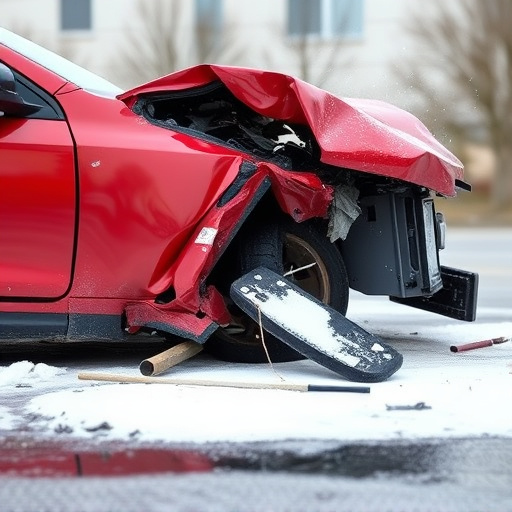
To ensure accurate and insurable Tesla paint thickness measurements, follow best practices that minimize errors and maximize precision. Begin by utilizing specialized gauge tools designed for measuring paint thickness, such as calipers or magnetic gauges. These instruments provide exact measurements in millimeters, which are crucial for insurance claims.
Proper preparation of the car’s surface is equally important. Clean the area to be measured thoroughly, removing any dirt, grease, or debris that could interfere with accurate readings. Additionally, ensure the surface is dry and free from moisture to prevent false measurements. Consistent and controlled environmental conditions, including temperature and humidity, further enhance accuracy in Tesla paint thickness measurement, making it easier for insurance inspectors to verify car damage repair claims and facilitate efficient vehicle paint services.
Tesla paint thickness measurement is a critical aspect of insurance inspections, ensuring vehicles maintain their structural integrity. By employing non-destructive testing methods, inspectors can accurately gauge paint thickness without damaging the vehicle. Adhering to best practices, including using calibrated tools and following standardized protocols, guarantees reliable results that meet insurance requirements. This meticulous approach safeguards both vehicle value and policyholder interests.

